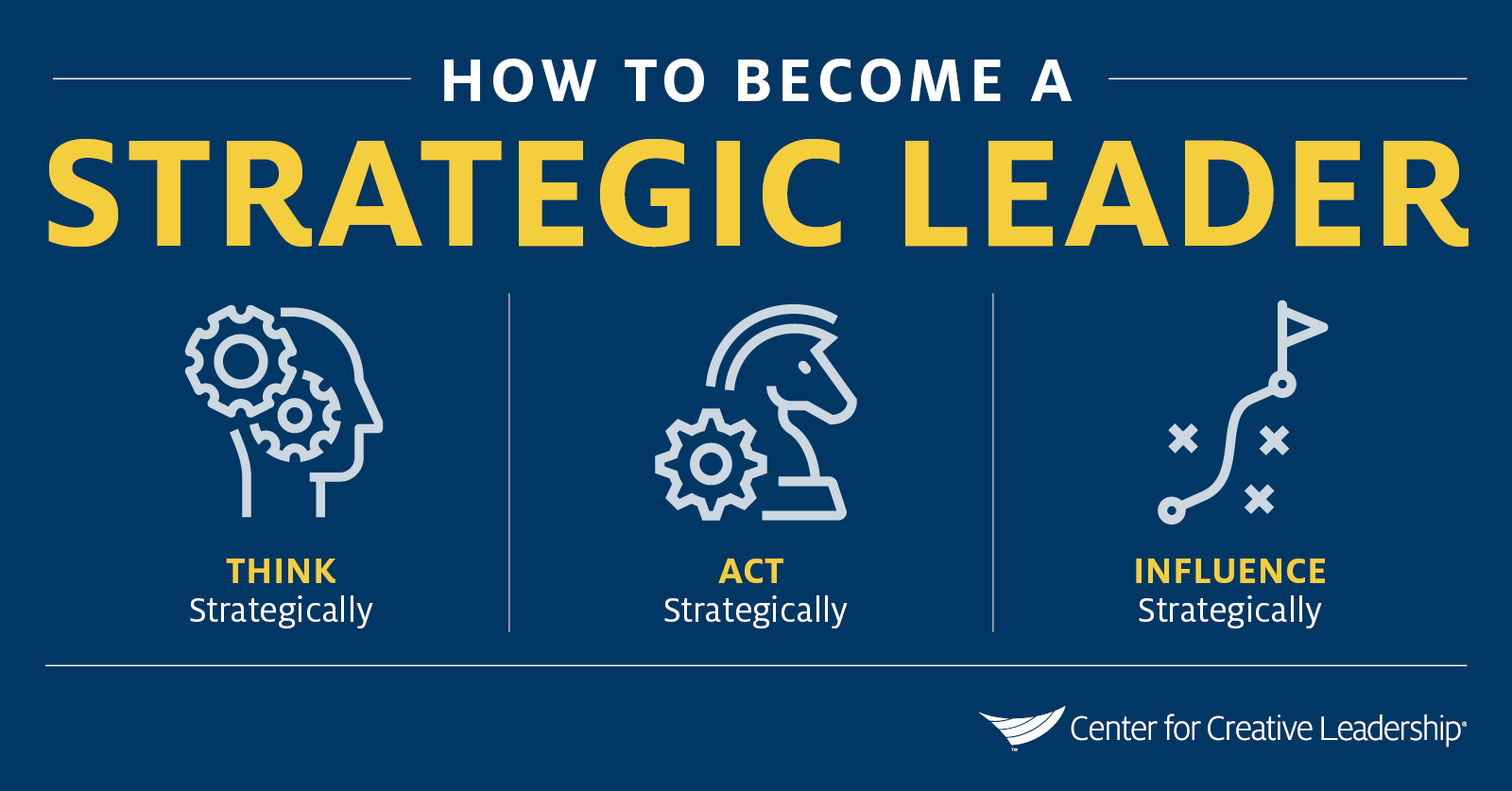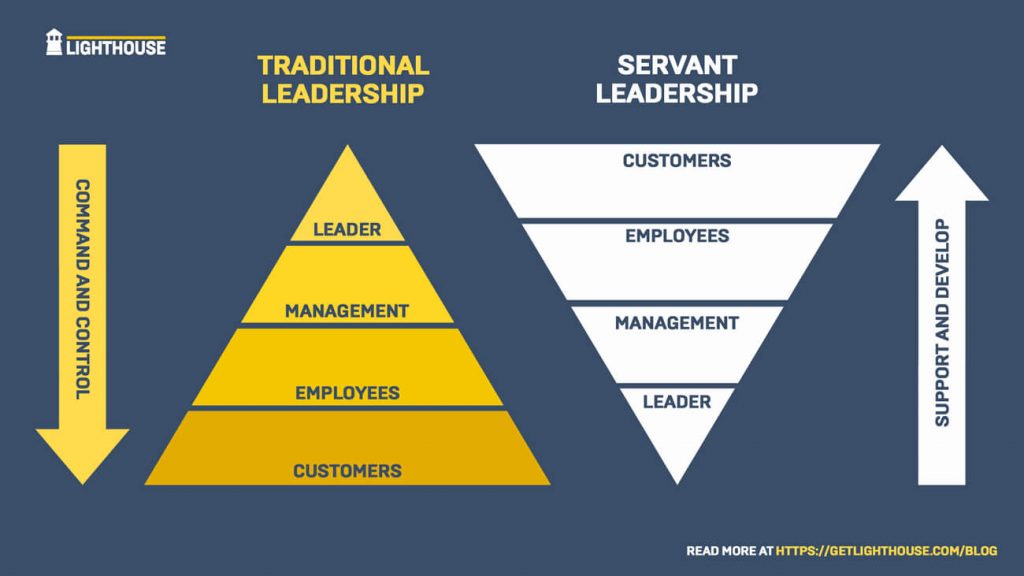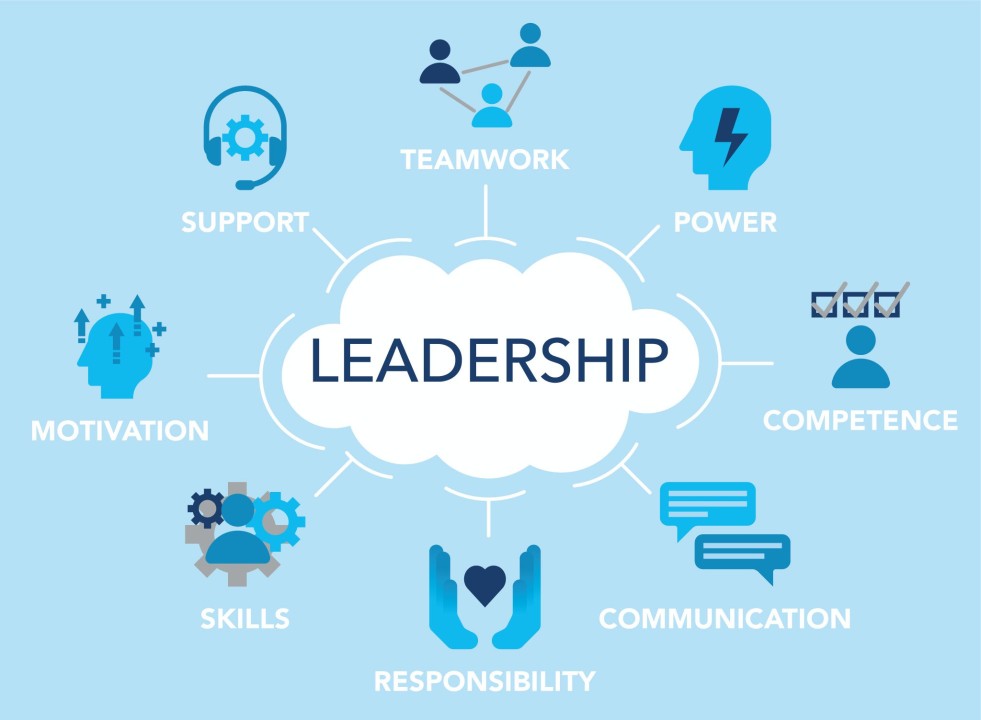Strategic Leadership: A Key to Organizational Success
In today’s dynamic business environment, strategic leadership has emerged as a crucial element for organizations aiming to thrive amidst complexity and uncertainty. It not only shapes the direction of a company but also fosters a culture that promotes innovation and adaptability. This article delves into the concept of strategic leadership, highlighting its characteristics, processes, benefits, and real-world applications.

Understanding Strategic Leadership
Definition of Strategic Leadership
Strategic leadership is the ability to influence others to make decisions that enhance the long-term viability of the organization while maintaining its short-term operational effectiveness. It encompasses a blend of vision, strategy formulation, and execution skills that guide organizations toward achieving their objectives. Unlike traditional leadership styles that may focus solely on day-to-day operations, strategic leadership emphasizes aligning organizational goals with broader industry trends and societal shifts.
Importance of Strategic Leadership
The significance of strategic leadership cannot be overstated. In a world where change is the only constant, organizations need leaders who can:
- Anticipate trends: Recognize emerging opportunities and challenges.
- Adapt strategies: Modify plans based on evolving market conditions.
- Inspire teams: Motivate employees to embrace a shared vision.
Organizations led by strategic leaders are more likely to navigate crises effectively, capitalize on new opportunities, and sustain a competitive advantage.
Characteristics of Effective Strategic Leaders
Strategic leaders possess distinct qualities that enable them to guide organizations through complex challenges. Here are some essential characteristics:
Vision and Foresight
Strategic leaders are adept at creating and articulating a clear vision for the future. They not only foresee the direction of their organization but also inspire their teams to align with this vision. By fostering a shared sense of purpose, they cultivate an environment where employees feel engaged and motivated.
Decision-Making Skills
In the realm of strategic leadership, effective decision-making is paramount. Leaders must analyze vast amounts of data, weigh the pros and cons, and consider the long-term implications of their choices. By employing critical thinking and leveraging insights from diverse perspectives, strategic leaders make informed decisions that drive organizational success.
Emotional Intelligence
Emotional intelligence (EQ) plays a vital role in strategic leadership. Leaders with high EQ can understand and manage their emotions and those of others. This capability enhances their ability to build strong relationships, navigate conflicts, and foster collaboration within teams. A strategic leader’s emotional intelligence allows them to connect with employees on a deeper level, creating a supportive workplace culture.
Adaptability and Flexibility
The ability to adapt to change is a hallmark of strategic leadership. In an era where disruptions are commonplace, leaders must remain open to new ideas, approaches, and technologies. Flexibility enables them to pivot when necessary, ensuring their organization stays ahead of the curve.
The Strategic Leadership Process
Effective strategic leadership involves a systematic process that encompasses several key stages:
Assessing the Current Situation
Before setting a strategic direction, leaders must thoroughly assess the current state of their organization. This includes analyzing internal strengths and weaknesses as well as external opportunities and threats. Tools like SWOT analysis can provide valuable insights to inform decision-making.
Defining the Vision and Objectives
Once the current situation is understood, the next step is to define a compelling vision and set clear objectives. This vision should resonate with all stakeholders and serve as a guiding star for the organization. Objectives must be specific, measurable, achievable, relevant, and time-bound (SMART) to ensure clarity and focus.
Developing and Implementing Strategy
With a vision in place, leaders move on to developing a comprehensive strategy that outlines how to achieve the defined objectives. This strategy should encompass resource allocation, risk management, and performance metrics. Implementation requires collaboration across all levels of the organization, ensuring everyone is aligned and working toward common goals.
Monitoring and Evaluating Outcomes
Finally, strategic leaders must continuously monitor and evaluate the effectiveness of their strategies. This involves tracking progress against established metrics and making necessary adjustments based on performance data. Regular evaluations not only provide insights into success but also highlight areas for improvement.
Benefits of Strategic Leadership
Organizations that embrace strategic leadership reap numerous benefits, including:
Improved Organizational Performance
Strategic leadership fosters a results-driven culture, encouraging teams to pursue excellence. By aligning efforts with the organization’s vision, employees are more motivated to achieve high performance.
Enhanced Employee Engagement
When leaders effectively communicate their vision and involve employees in decision-making, engagement levels soar. Engaged employees are more likely to contribute positively to the organization, resulting in higher retention rates and lower turnover costs.
Better Risk Management
Strategic leaders are skilled at identifying potential risks and developing contingency plans. This proactive approach mitigates the impact of unforeseen challenges, ensuring organizational resilience in turbulent times.
Conclusion
In a world where the landscape of business is continually evolving, strategic leadership stands out as a critical driver of success. By embodying the characteristics of effective leaders, organizations can navigate challenges and seize opportunities with confidence. As we delve deeper into the real-world applications and challenges of strategic leadership, it becomes evident that the journey toward becoming a strategic leader is both rewarding and essential for long-term success.
Stay tuned for the second half of the article, where we will explore case studies of successful strategic leadership, the challenges faced by leaders in this domain, and how to develop the skills necessary for effective strategic leadership.

Real-World Applications of Strategic Leadership
Case Studies of Successful Strategic Leaders
- Indra Nooyi – Former CEO of PepsiCo
Indra Nooyi exemplifies strategic leadership through her vision of transforming PepsiCo into a more health-conscious company. Under her leadership, PepsiCo introduced healthier product lines and focused on sustainable practices, resulting in both increased profits and enhanced brand reputation. Nooyi’s strategic decisions not only aligned with market trends but also demonstrated foresight in anticipating consumer preferences.
-
Satya Nadella – CEO of Microsoft
Since taking over as CEO, Satya Nadella has shifted Microsoft’s focus towards cloud computing and artificial intelligence, steering the company back to growth after years of stagnation. His emphasis on a growth mindset, collaboration, and innovation has revitalized Microsoft’s culture, driving not only financial success but also fostering a more engaged and creative workforce.
-
Howard Schultz – Former CEO of Starbucks
Howard Schultz’s leadership at Starbucks highlights the importance of creating a customer-centric culture. By emphasizing employee training and development, Schultz ensured that Starbucks employees (or “partners,” as he calls them) are equipped to provide exceptional customer service, leading to sustained customer loyalty and company growth.
Challenges in Strategic Leadership
While strategic leadership offers numerous benefits, it also presents challenges that leaders must navigate:
- Balancing Short-term and Long-term Goals
One of the most significant challenges is finding the right balance between immediate operational needs and long-term strategic objectives. Leaders must remain vigilant, ensuring that short-term successes do not come at the expense of long-term vision.
-
Resistance to Change
Implementing strategic changes often meets resistance from employees who may be comfortable with the status quo. Overcoming this resistance requires strong communication skills, empathy, and the ability to foster a culture of trust.
-
Rapidly Evolving Market Conditions
In today’s fast-paced business environment, market conditions can change rapidly. Strategic leaders must be agile and flexible, ready to pivot their strategies to respond to new challenges and opportunities.
Developing Strategic Leadership Skills
To become an effective strategic leader, individuals can focus on developing key skills:
- Critical Thinking: Engage in activities that challenge your decision-making abilities. Consider scenarios that require evaluating multiple outcomes to enhance your analytical skills.
- Communication: Strengthen your communication skills by seeking feedback and practicing active listening. This will help you convey your vision and strategies more effectively.
- Networking: Build relationships with other leaders to share insights and experiences. Networking can provide valuable perspectives that enhance your strategic thinking.
Frequently Asked Questions (FAQs)
What is strategic leadership?
Strategic leadership is the ability to influence others to make decisions that enhance the long-term viability of the organization while maintaining its short-term operational effectiveness.
Why is strategic leadership important?
Strategic leadership is crucial because it enables organizations to navigate complex environments, anticipate change, and align resources effectively toward achieving long-term goals.
What skills are essential for strategic leadership?
Essential skills for strategic leadership include critical thinking, emotional intelligence, effective communication, and adaptability to change.
How can I develop strategic leadership skills?
You can develop these skills through training programs, mentorship, networking, and practical experience in leadership roles.

Conclusion
In conclusion, strategic leadership is a fundamental component of organizational success in today’s ever-changing business landscape. Leaders who embody the qualities of vision, adaptability, and emotional intelligence are better equipped to guide their organizations toward sustained growth and innovation. By studying successful examples, understanding the challenges, and actively developing strategic skills, aspiring leaders can position themselves to make a meaningful impact in their organizations.
By embracing strategic leadership principles, organizations can not only thrive in the face of adversity but also create a robust framework for achieving long-term success. Whether you are currently in a leadership position or aspiring to one, remember that the journey to becoming a strategic leader requires commitment, learning, and a willingness to adapt to the evolving landscape of business.
Explore more about strategic leadership and its impact on organizational success through our resources on CCL and Inc..


